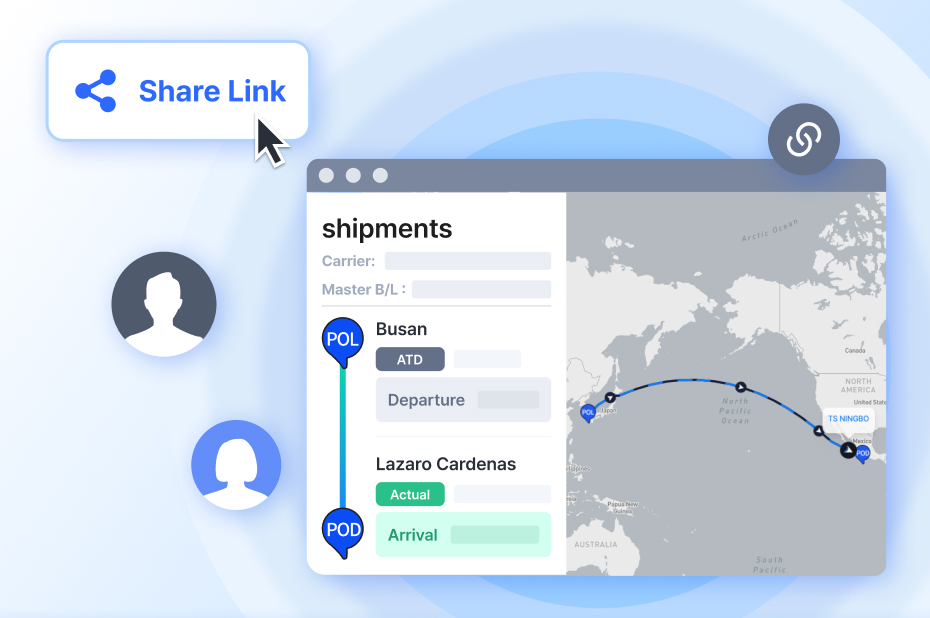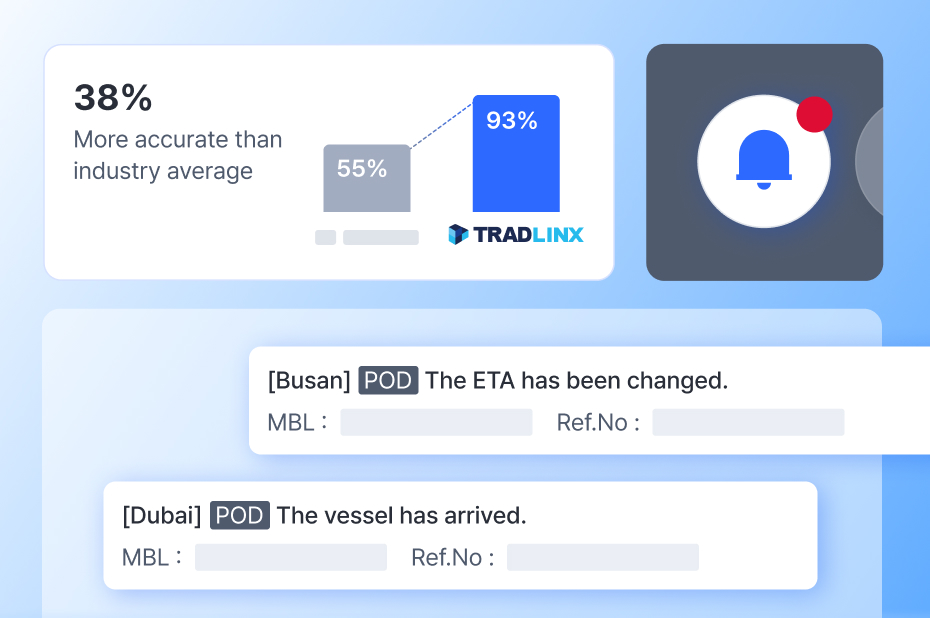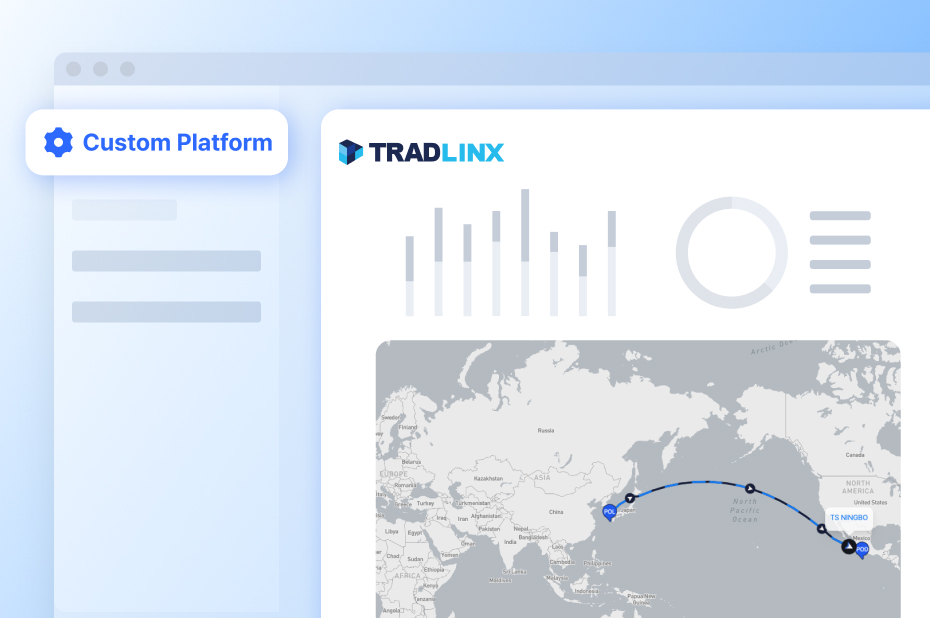Cut costs, maximize efficiency, seamlessly manage your supply chain with precision data.


“TRADLINX helped us reduce our shipment management time from hours to under a minute per B/L.
This real-time visibility has allowed us to respond faster to any changes,
improving our logistics efficiency and ensuring our customers receive timely updates.”


“For over 5 years, TRADLINX has supported us in delivering 99% data accuracy and hourly updates for Samsung’s Galaxy mobile device shipments. The branded portals and automated notifications have significantly reduced manual work, helping us ensure smooth global operations for Samsung.”


“Using TRADLINX’s real-time performance metrics and predictive timelines, we’ve improved our decision-making and efficiency. The data insights have allowed us to prevent delays and better manage carrier performance, ensuring smooth and cost-effective operations.”

From internal operations to customer experience, TRADLINX streamlines logistics across the board.
Cut manual processes by 50%, elevate partner collaboration, and deliver the real-time insights that keep your customers loyal.


Delays erode customer trust and directly impact your bottom line. With TRADLINX’s 24/7 tracking,
you eliminate uncertainty, keep operations on track, and retain loyal customers.
Loading feed...

On paper, 2025 should have been a busy year. In practice, frontloaded orders and tariff noise left U.S. imports almost flat and peak season weaker than expected. We use China, Alt Asia and Mexico flows to show how the profile of demand has changed and what LSPs can adjust in their 2026 playbook.

2025 didn’t just rattle LSPs—it rewired how they operate. Carrier bankruptcies swelled, U.S. imports slipped under the 2.0m-TEU mark for Oct–Dec, spot rates hit their lowest since Jan ’24, on-time performance hovered in the mid-60s, and tit-for-tat U.S.–China port fees added fresh friction. This piece distills what truly changed—and what stuck—into practical moves: shorter 3–6-month terms, MQC bands and index-linked pricing with collars, measurable re-opener triggers, reliability-first service design (fewer handovers, real TS buffers), and exception visibility that keeps D&D in check.

Drewry’s Week 52 tracker shows 53 blank sailings out of 704 departures on main East–West trades—about 8% of planned capacity. For LSPs, that’s not just “more chaos”; it’s a signal. This post explains why carriers are blanking, how it will feel on the ground, and how to adjust bookings, cut-offs and communication.

Chinese New Year 2026 falls on 17 February, but Asia–Europe logistics can’t plan by the calendar alone. With Cape routing, blank sailings and port congestion, “late January” departures from China no longer guarantee Q1 arrivals. This post explains the new lead-time reality and how LSPs should reset their CNY cutoff strategy.